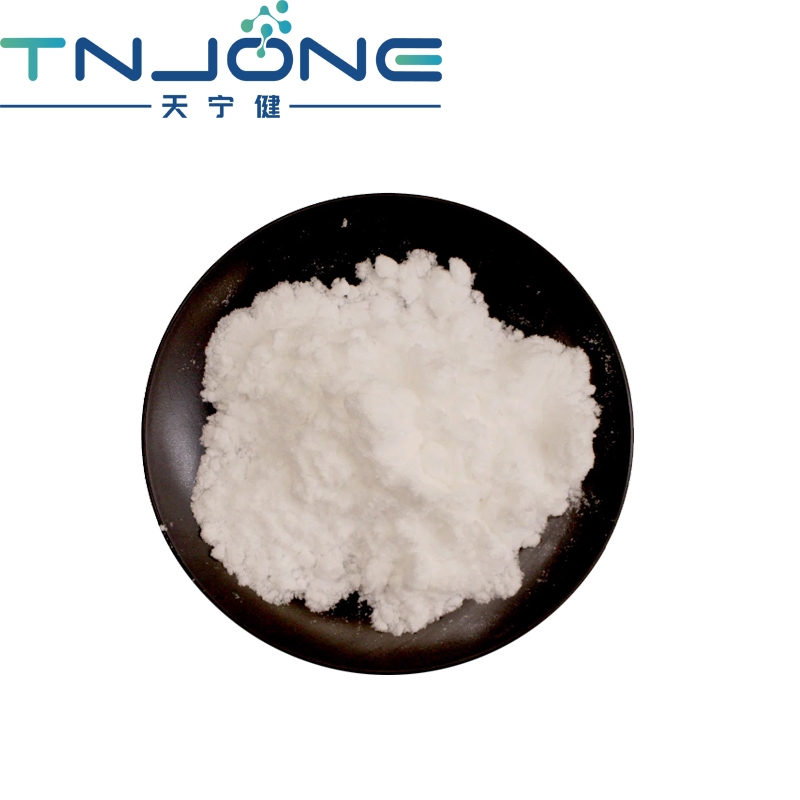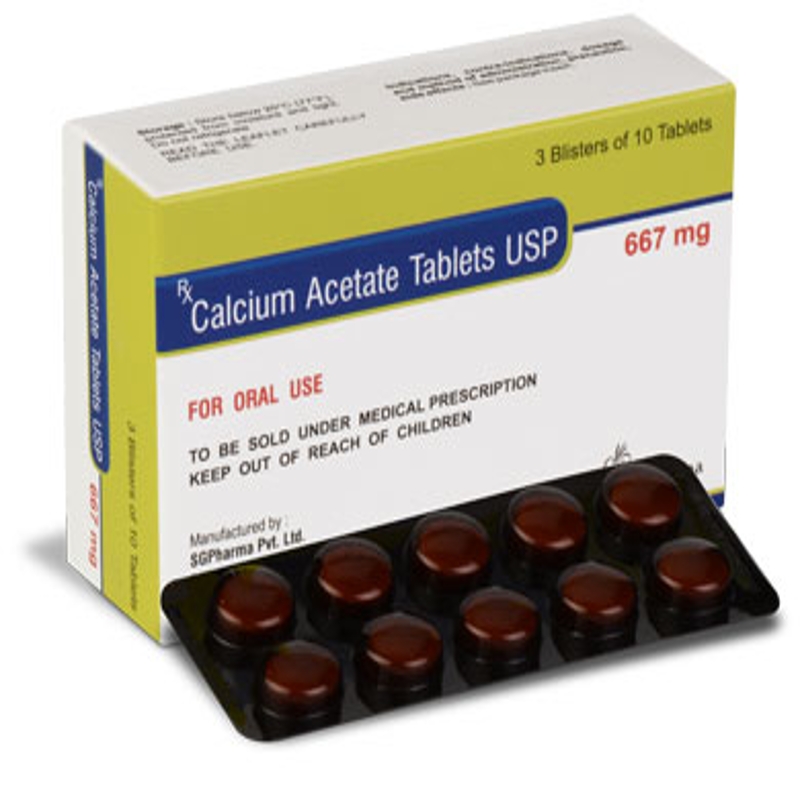-
Categories
-
Pharmaceutical Intermediates
-
Active Pharmaceutical Ingredients
-
Food Additives
- Industrial Coatings
- Agrochemicals
- Dyes and Pigments
- Surfactant
- Flavors and Fragrances
- Chemical Reagents
- Catalyst and Auxiliary
- Natural Products
- Inorganic Chemistry
-
Organic Chemistry
-
Biochemical Engineering
- Analytical Chemistry
-
Cosmetic Ingredient
- Water Treatment Chemical
-
Pharmaceutical Intermediates
Promotion
ECHEMI Mall
Wholesale
Weekly Price
Exhibition
News
-
Trade Service
Acute leukemia, including acute myeloid leukemia (AML) and acute lymphoblastic leukemia (ALL), is a cancer of hematopoietic cells characterized by increased numbers of immature blood cells and decreased production of blood components
.
While younger patients tend to have better outcomes, about 70 percent of patients over the age of 65 will die within a year of diagnosis
Acute leukemia, including acute myeloid leukemia (AML) and acute lymphoblastic leukemia (ALL), is a cancer of hematopoietic cells characterized by increased numbers of immature blood cells and decreased production of blood components
Determining the correlation between patient vital signs and ICU admission will indicate whether frequent monitoring of vital signs and early intervention to manage changes leads to better patient outcomes
Figure 1: Inclusion and exclusion criteria
.
The research team reviewed the medical records of 61 patients diagnosed with acute myeloid leukemia treated at Windsor Regional Hospital (WRH) between 2015-2017
Figure 1: Inclusion and exclusion criteria
Figure 2: Reasons for ICU admission: Reasons for intensive care unit (ICU) admission are explained based on ICU records; in some patients, multiple reasons for admission are listed
.
ICU admission was primarily associated with respiratory failure
Figure 2: Reasons for ICU admission: Reasons for intensive care unit (ICU) admission are explained based on ICU records; in some patients, multiple reasons for admission are listed
Figure 3: Mean number of vital sign collections: During the 24-hour study period, the mean number of vital sign collections between the intensive care unit (ICU) and control groups was not significantly different (p= 0.
07)
Figure 3: Mean number of vital sign collections: During the 24-hour study period, the mean number of vital sign collections between the intensive care unit (ICU) and control groups was not significantly different (p= 0.
07)
Figure 4: Patient vital signs over 24 hours: patient temperature (A), mean arterial pressure (MAP) (B), heart rate (C), respiratory rate (RR) (D) and fraction of inspired oxygen (FiO 2) (E ) measured 24 hours prior to intensive care unit (ICU) admission or 5 days after induction chemotherapy was initiated
.
Increases in RR (D) and FiO2(E) occurred 24 hours before ICU admission but were not observed in the control group
Figure 4: Patient vital signs over 24 hours: patient temperature (A), mean arterial pressure (MAP) (B), heart rate (C), respiratory rate (RR) (D) and fraction of inspired oxygen (FiO 2) (E ) measured 24 hours prior to intensive care unit (ICU) admission or 5 days after induction chemotherapy was initiated
.
Increases in RR (D) and FiO2(E) occurred 24 hours before ICU admission but were not observed in the control group
.
Each line corresponds to a patient, and each point corresponds to the time when the nursing staff checked the corresponding vital signs
.
Control group, n= 30, ICU group, n= 7
.
2 2 nn
Figure 5: Changes in vital signs over time: Fractional inspired oxygen (FiO 2) (A) and respiratory rate (RR) (B) showed a significant increase from baseline within the 24 hours prior to ICU admission in the intensive care unit (ICU) group
.
Changes in heart rate (HR) (C) over the same time period were not significant within the ICU group
.
However, at 0, there were significant differences
in FiO 2 (A), RR (B) and HR (C) between ICU and control groups(p<0.
0001) .
Time zero was defined as the time of ICU admission in the ICU group, or midnight on day 5 after the start of induction chemotherapy in the control group
.
.
Changes in heart rate (HR) (C) over the same time period were not significant within the ICU group
.
However, at 0, there were significant differences
in FiO 2 (A), RR (B) and HR (C) between ICU and control groups (p<0.
0001) .
Time zero was defined as the time of ICU admission in the ICU group, or midnight on day 5 after the start of induction chemotherapy in the control group
.
2 2 (A), RR (B) and HR (C) were significantly different (p<0.
0001)
.
The results suggest that RR and FiO2 showed significant changes from baseline before ICU admission within the ICU group
.
T, HR and MAP did not show significant changes over time in either group
.
Compared with the control group, the RR, FiO2 and HR at time 0 were significantly higher in the ICU group than in the control group
.
RR was least frequently recorded in the 24 hours prior to ICU admission
.
The researchers concluded that changes in RR and FiO2 predicted clinical deterioration in patients with acute leukemia requiring ICU admission
.
This is consistent with the main reason for admission to the ICU being respiratory failure
.
For example , acute leukemia patients admitted to the ICU showed a persistently elevated HR within 24 hours prior to ICU admission
.
This led them to consider closer monitoring of this patient population
.
Underlying comorbidities may account for this finding, but further research is needed to investigate why patients in the ICU group consistently had higher HR at baseline .
The increase from baseline was statistically significant, suggesting that changes in these vital signs were the most predictable of ICU admission in patients with acute leukemia receiving induction chemotherapy
.
Therefore, these vital signs should be monitored frequently and accurately in this population for early intervention before clinical deterioration
.
For patients with changes from baseline in RR and FiO2 , the protocol should call for an emergency respiratory department and, where applicable, consultation for infectious diseases .
This information is necessary to improve outcomes for these patients receiving curative treatment .
.
T, HR and MAP did not show significant changes over time in either group
.
Compared with the control group, the RR, FiO2 and HR at time 0 were significantly higher in the ICU group than in the control group
.
RR was least frequently recorded in the 24 hours prior to ICU admission
.
RR and FiO2 showed significant changes from baseline before ICU admission within the ICU group
.
T, HR and MAP did not show significant changes over time in either group
.
The researchers concluded that changes in RR and FiO2 predicted clinical deterioration in patients with acute leukemia requiring ICU admission
.
This is consistent with the main reason for admission to the ICU being respiratory failure
.
For example , acute leukemia patients admitted to the ICU showed a persistently elevated HR within 24 hours prior to ICU admission
.
This led them to consider closer monitoring of this patient population
.
Underlying comorbidities may be responsible for this finding, but further research is needed to investigate why patients in the ICU group had consistently higher HR at baseline .
HR
.
This led them to consider closer monitoring of this patient population
.
Underlying comorbidities may account for this finding, but further research is needed to investigate why patients in the ICU group consistently had higher HR at baseline .
Overall, there was a statistically significant increase from baseline in respiratory rate and FiO2 within 24 hours prior to ICU admission , suggesting that changes in these vital signs were the most predictable of ICU admission in patients with acute leukemia receiving induction chemotherapy .
Therefore, these vital signs should be monitored frequently and accurately in this population for early intervention before clinical deterioration .
For patients with RR and FiO2 changes from baseline in RR and FiO2, the protocol should call for an emergency respiratory department and, where applicable, an infectious disease consultation .
This information is necessary to improve outcomes for these patients receiving curative treatment .
Original source:
Original source:McLaughlin K, Stojcevski A, Hussein A, Moudgil D, Woldie I, Hamm C.
Patient vital signs in relation to ICU admission in treatment of acute leukemia: a retrospective chart review.
Hematology.
2021 Dec;26(1):637-647 .
doi: 10.
1080/16078454.
2021.
1966223.
PMID: 34474663.
Patient vital signs in relation to ICU admission in treatment of acute leukemia: a retrospective chart review.
Hematology.
2021 Dec;26(1):637-647 .
doi: 10.
1080/16078454.
2021.
1966223.
PMID: 34474663.
McLaughlin K, Stojcevski A, Hussein A, Moudgil D, Woldie I, Hamm C.
Patient vital signs in relation to ICU admission in treatment of acute leukemia: a retrospective chart review.
Hematology.
2021 Dec;26(1):637-647.
doi: 10.
1080/16078454.
2021.
1966223.
PMID: 34474663.
Comment here







